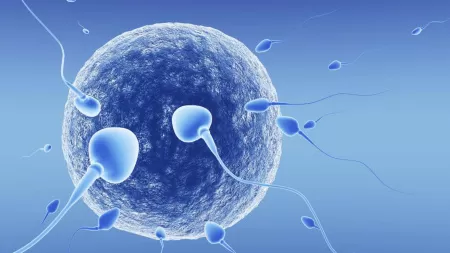How to stimulate those difficult sows to come into heat sooner.

Sows coming into heat too slowly or not at all are often the source of many frustrations in the breeding stable. A prolonged interval between weaning and first service has a negative influence on the farrowing rate.
It requires extra time and energy to check on a daily basis whether or not sows are fit to serve. In order to be served, sows need to be in heat. Whether or not sows come into heat depends on a list of peripheral factors. The amount of light, the induction of heat, the temperature etc. are just a few.
However, the nutritional status is the upmost important influential factor. First parity animals and sows with a deteriorated body condition will often come into heat poorly or not at all. This phenomenon can be very easily explained.
A good body condition ensures that the natural amount of insulin and growth factor IGF-1 are high. Insulin is the hormone that pumps sugar into the body cells and gives energy to the body. IGF-1 is a natural growth factor resembling insulin but it ensures growth and development.
Based on the quantity of these two hormones in the blood, the sow's brain knows the condition its body is currently in. If both levels are too low, the brain is aware that there is not enough food around or too few energy reserves left to bring a gestation to a successful ending. Heavy weight loss after a lactation period is such a situation where insulin and IGF-1 will be too low. Therefore, the brain will not produce FSH (follicle stimulating hormone) and LH (luteinizing hormone).
The consequence is that egg-cells mature slower, will be of inferior quality and the sow will come into heat too slowly or not at all. The amount of insulin and IGF-1 determines whether or not a sow will come into heat. This is the conclusion of the largest feed producer worldwide too.
Feeding an energy-rich diet after weaning (flush feeding) will cause the insulin levels to rise quickly. As a consequence, the sow will come into heat. However, flush feeding has less effect on a swift rise of IGF-1. It is likely the sow will need to be re-served due to low-quality egg-cells refusing to develop successfully. (The farrowing rate has been decreasing every year since 2012 in The Netherlands)
Flush feeding combined with Lianol ensures the amount of insulin and IGF-1 to rise quickly, in spite of a deteriorated body condition. This ensures egg-cells of better quality. The sow comes into heat sooner and doesn’t need to be re-served. This leads to higher farrowing rates.
Click here for the testimony of a satisfied user.
Discover for yourself what Lianol can contribute to your company. For additional information or orders, contact your veterinarian or Ardol: info@ardol.nl
Do you want to know more about managing your sows around weaning? Ardol is happy to give you comprehensive advice about breeding management in pigs.
